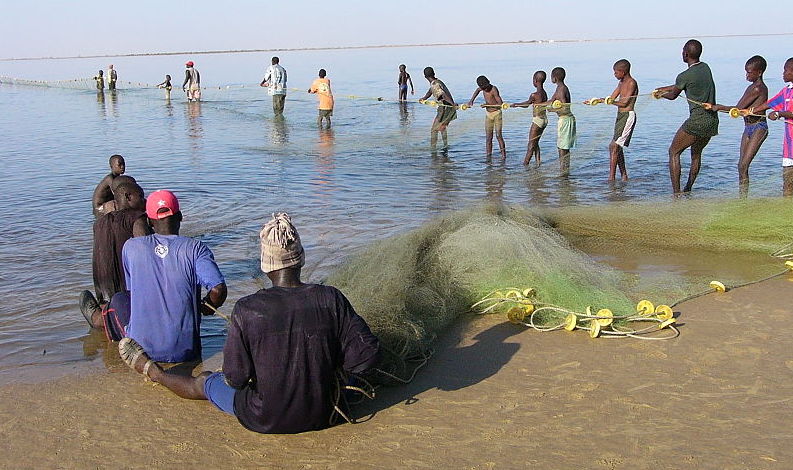Just two doses of praziquantel can effectively treat adults and children for schistosomiasis -- a disease caused by parasitic worms that develop and multiply inside infected freshwater snails, and then enter the water and penetrate the skin of people who are bathing or fishing.
So why are 200 million people worldwide, mostly in sub-Saharan Africa, still suffering from schistosomiasis despite widespread administration of this antiparasitic drug? Why are people in some "hot spot" regions re-infected over and over?
A new study explored these questions by surveying 74 residents from four rural villages along the Senegal River, a region with very high rates of schistosomiasis despite mass drug administration campaigns. In each village, the field team conducted focused discussion groups separately for adult men, adult women and youth to facilitate open conversation among peers. These different groups are known to have varied activities involving contact with the parasite-infested water
The study made three key findings. First, the researchers learned that many residents have a fairly sophisticated understanding of schistosomiasis risk, including knowing where and when infections occur, even though they don't understand the underlying biological details. For example, the villagers realize infection risk increases midday -- an observation supported by studies, which show snails tend to shed parasites in daily cycles that peak around noon.
Second, the scientists determined that residents use their knowledge to develop strategies to reduce their exposure to the parasite, such as avoiding the river at certain times or forbidding urination and defecation near the river or lake. In addition to personal strategies, some villages adopt written village-wide rules for water use that are enforced with fines.
Lastly, despite having translated knowledge into strategies to reduce disease risk, the researchers found that residents are still consistently exposed to the parasite because their rural livelihoods depend on the river and lakes -- even in villages with limited piped water. They use surface water to cultivate crops. They wade in the water to fish and do laundry. They harvest the cattail reeds to use for roofs, fences or floor mats. And children play in the water.
"There is a feeling of inevitability around schistosomiasis infection, given the constraints of poverty," said Susanne Sokolow, PhD, a Stanford disease ecologist and study author with the Woods Institute for the Environment, in a recent Stanford news release. "That jibes with the experience of the many years of efforts to distribute pills and carry out educational campaigns in the regions without a huge drop in schisto transmission or infection."
Instead of focusing exclusively on mass praziquantel distribution, the researchers also recommend using local community input to develop diverse environmental strategies for reducing infection risk. Possible interventions include chemical or biological snail control, provision of sanitation facilities and laundry platforms, removal of vegetation to reduce snail habitats and behavioral change interventions.
According to the study authors, the key is to work with the local communities to select interventions that take into account their specific social and environmental factors.
Photo by eutrophication&hypoxia / Fundraising | Wikimedia Commons




